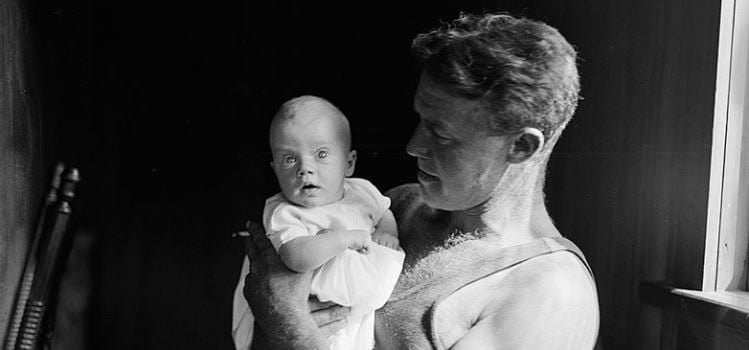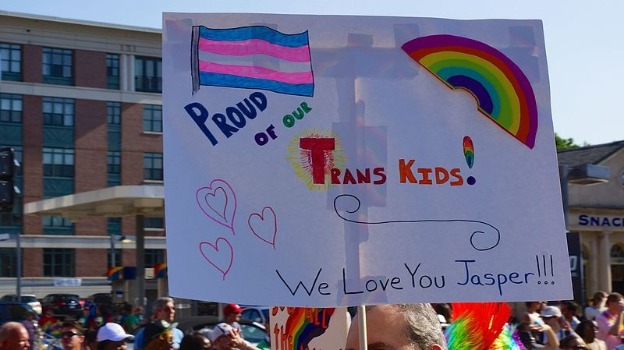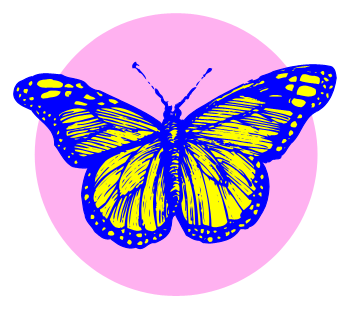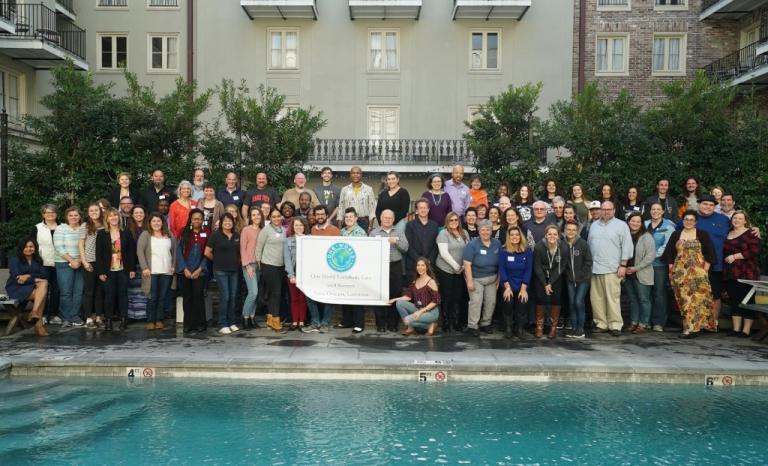Sex, gender, and sexual orientation. These are three distinct forms of identity, and we each have our own combination of all three.
Gender (at least, my understanding of gender), is that thing which we feel about who we are and how we present ourselves to the world. I believe that gender is not something we choose; it is something integral to who we are, and we discover it over time for ourselves.
In the United States and much of the Western World, the dominant perception is that there are two genders: men, and women. You may have heard some folks refer to this system as the Gender Binary, meaning that in this system, there are only two gendered ways of being. I have purposefully chosen to say “men” instead of “male” and “women” instead of “female” to avoid some confusion later on.
There are of course, other cultures that recognize more than two genders. The Bugis people of Indonesia, for example, recognize five distinct gender identities: oroane (manly men), makkunrai (womanly women), calabai (womanly men), calalai (manly women), and bissu (half-male and half-female). Here is an article that discusses the Bugis and nine other cultures where there is more than one recognized gender identity. Wikipedia also does a fair job of explaining more in depth how other cultures have more gender diversity, and Independent Lens put out a “Map of Gender Diverse Cultures,” in 2015, which I highly recommend taking a peek at.
In the West, within the binary system, when we say “women,” we tend to identify femininity (a quality of gender) with people who have ovaries and a uterus (gonads and internal sex organs), and when we say “men,” we tend to mean that masculinity (again, a quality of gender) belongs to individuals who have a penis and testicles (external genitalia and gonads).
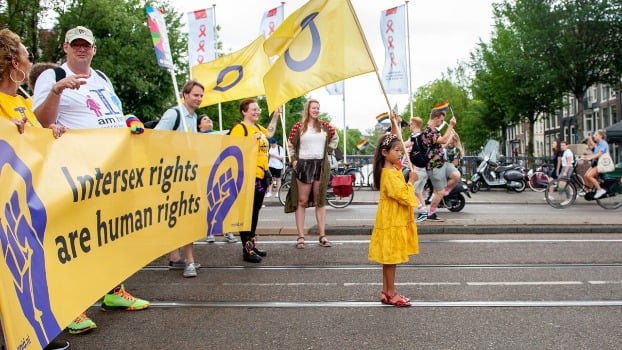
Within the Pagan Community, there has been some disagreement around what are commonly referred to as “gendered spaces.” Pagan Spirit Gathering, for example, hosts rites of passage for adolescents, which are divided into two gendered categories: young men, and young women (i.e., boys and girls).
Most traditions of Dianic Wicca also exclude male (meaning people who have a penis and testicles) membership or participation in ritual. In some Dianic Covens, where men are not allowed, trans women (meaning here, people who identify as women, but who were born with what is perceived as male anatomy), present a conflict.
If, we define “women,” as only those born with a uterus and ovaries, and “men” as those born with a penis and testicles, then trans women are to be viewed as men, which is in direct conflict with their own gender identity. Furthermore, if we only recognize men and women by these sets of genital and gonad combinations, we entirely erase people who are intersex.
If you haven’t heard this term before, you’re not alone. Intersex, is the preferred term for folks who were born with a different combination of genitalia, gonads, chromosomes, internal sex organs, hormone production, hormone response, and secondary sexual characteristics (like body hair), than what is deemed “typical,” within a binary understanding of sex and gender.
And this… Is where things start to really break down.
I’ve had a few folks comment on previous articles in this series, discussing the “realities” of “biology.” How while gender is an experiential thing, biology is pretty black and white. How it is appropriate to have ritual spaces that are divided by what anatomical equipment we happen to possess. These folks cite science; they describe how bodies come in two forms, and that other forms are somehow deviant, outliers, or abnormal.
In her TED Talk video, “The way we think about biological sex is wrong,” intersex advocate, Emily Quinn, outlines some facts which are worth noting.
“Intersex people represent around 2% of the population. That’s the same percentage as genetic redheads. It’s about 150 million people, roughly, which is more than the entire population of Russia.”
Over the past decade, as recognition of transgender and intersex people has become more widespread, there have been misunderstandings and occasionally blatant bigotry, within the Pagan Community about what folks mean when they title things like, “Men’s Ritual,” or “Women’s Ritual.”
When we as a community qualify the ability of someone to participate in a ritual or group by what their anatomy is, rather than how they feel about themselves, we buy into the gender binary system. We affirm that there are only men and women; male and female. And, we deny the existence of trans people, non-binary people, and intersex people.
I find this particularly interesting, and sad, given the multiplicity within our own spiritual practices.
There are people on this planet who have XY chromosomes, who have male anatomy (penis/testicles), and people on this planet who have XY chromosomes, like Emily Quinn, who have both male and female anatomy (vagnia/internal testicles, no penis/uterus). There are many, many, many, combinations of chromosomes, hormone levels, and body parts, which all add up to biological sex… And none of which 100% determine someone’s gender identity.
I am very curious what those who advocate for “women-born-women” ritual spaces would do, or have done, when presented with someone like Emily Quinn… Someone who has half of what they consider to be female/correct, and half of what they consider to be male. Is is the external genitalia that matters? Which gonads we have? What our chromosomes say about us? Whether or not we bleed?
(I did take a moment to search Dianic.org for “transgender” and “intersex.” No search results.)
Again, I return to children. Intersex and transgender people have been purposefully erased from the mainstream for centuries. The mainstream has deemed their bodies inadequate, demanded that they be surgically “fixed,” and sought to push them firmly into the realm of sideshow curiosity. Children have been lied to, operated upon, and forced into identities that feel wrong, all in the name of “normalcy,” and perpetuating the binary systems of sex and gender.
I think, as Pagans, we’re better than that. I think we can be proactive in how we address these issues and teach the mainstream how it’s done.






